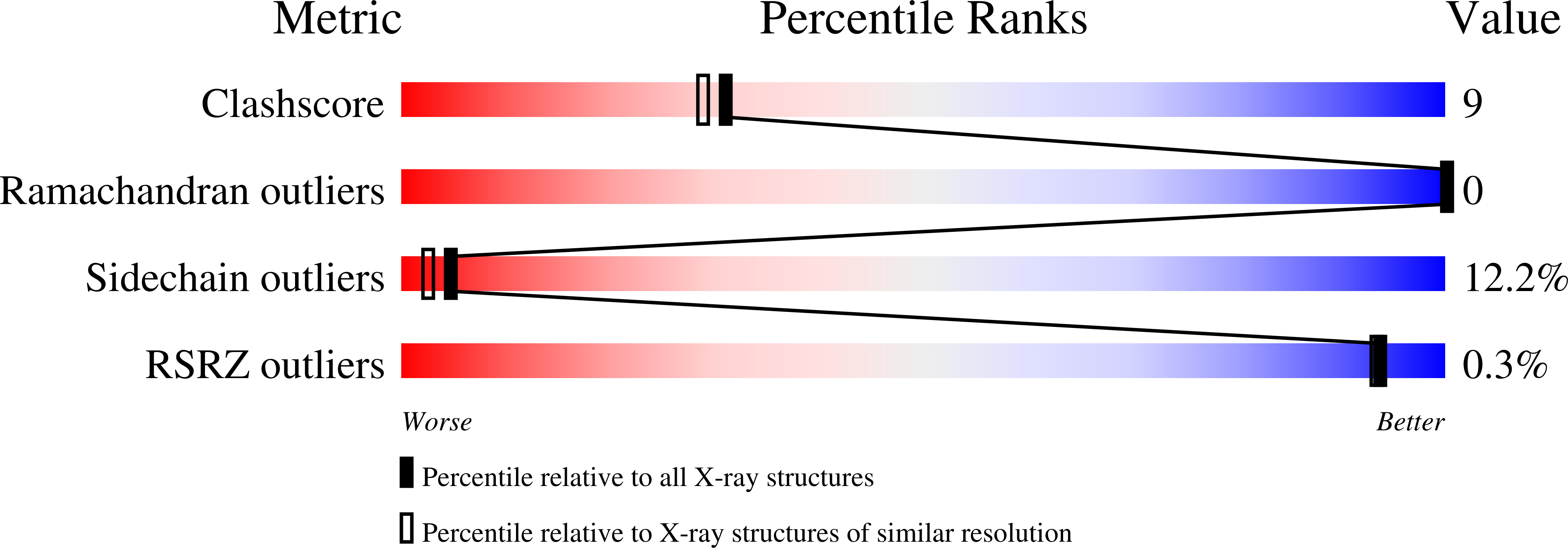
Deposition Date
1993-01-18
Release Date
1993-04-15
Last Version Date
2024-10-09
Entry Detail
PDB ID:
1APM
Keywords:
Title:
2.0 ANGSTROM REFINED CRYSTAL STRUCTURE OF THE CATALYTIC SUBUNIT OF CAMP-DEPENDENT PROTEIN KINASE COMPLEXED WITH A PEPTIDE INHIBITOR AND DETERGENT
Biological Source:
Source Organism:
Mus musculus (Taxon ID: 10090)
Method Details:
Experimental Method:
Resolution:
2.00 Å
R-Value Work:
0.18
Space Group:
P 21 21 21


